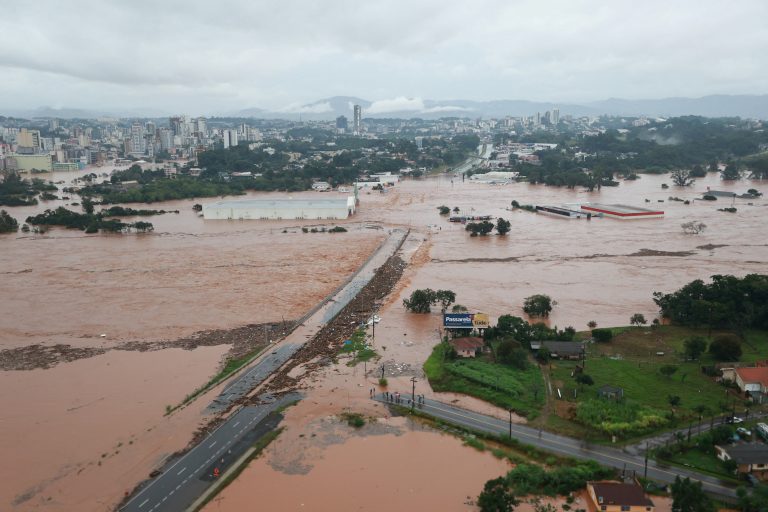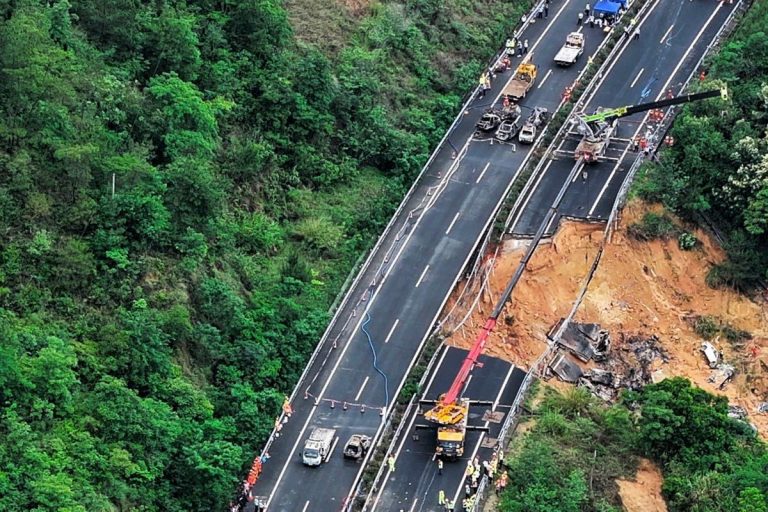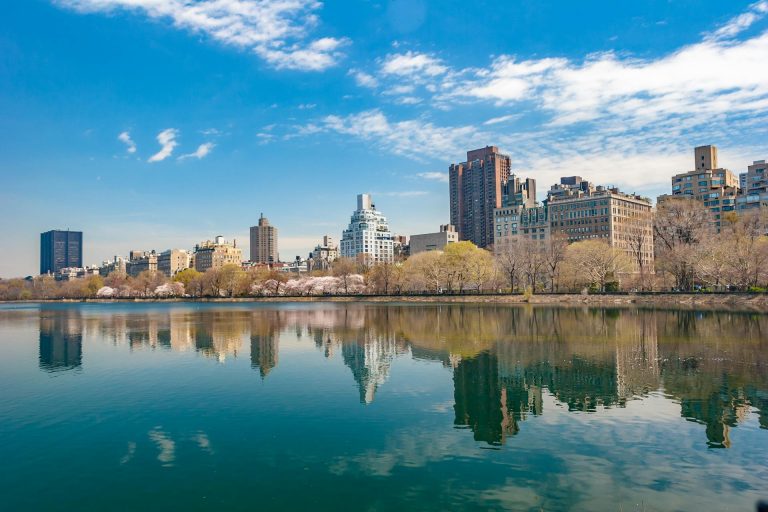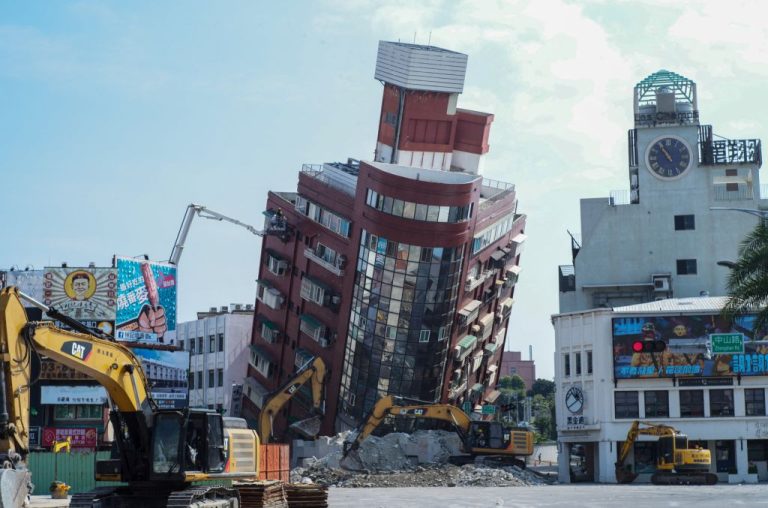Brazilian authorities of the country’s southernmost Rio Grande do Sul state said on Friday, May 3, that heavy rains battering the region have killed 39 people in the resulting floods, and the death toll is expected to rise.
68 people were still missing and at least 24,000 had been displaced, Rio Grande do Sul’s civil defense authority stated. The storms affected more than half of the 497 cities in the state, which borders Uruguay and Argentina.
In different towns streets transformed into rivers, and roads and bridges were devastated. The storm also caused landslides and the partial collapse of a dam structure at a small hydroelectric power plant.
Rio Grande do Sul Governor Eduardo Leite told journalists: “These numbers can still materially change over the following days as we gain access to more regions”.
In the city of Bento Goncalves a second dam is also at risk of collapsing. Authorities ordered people who live nearby to evacuate.
Periodic flooding

Success
You are now signed up for our newsletter
Success
Check your email to complete sign up
The Guaiba river broke its banks, and flooded streets blocked access to the city’s historic central neighborhoods. Guaiba river is located in Porto Alegre, the capital of Rio Grande do Sul state.
Rio Grande do Sul was already hit by rains last September. An extratropical cyclone caused floods that killed more than 50 people.
The state is located at a geographical meeting point, between tropical and polar atmospheres. This created a weather behavior with periods of intense rains and others of severe drought.
Climate change could be contributing to intensifying the phenomenon, some scientists say.
A persistent drought due to the La Nina phenomenon had already lasted more than two years.
On Thursday, May 2, Brazil’s President Luiz Inacio Lula da Silva traveled to meet the governor of the southern Brazilian state to discuss rescue efforts.
Lula promised on May 3 after returning to the capital Brasilia that the government would support local rescue and reconstruction efforts.
Reuters contributed to this report.








